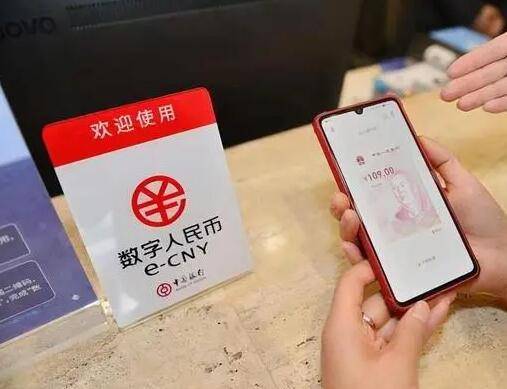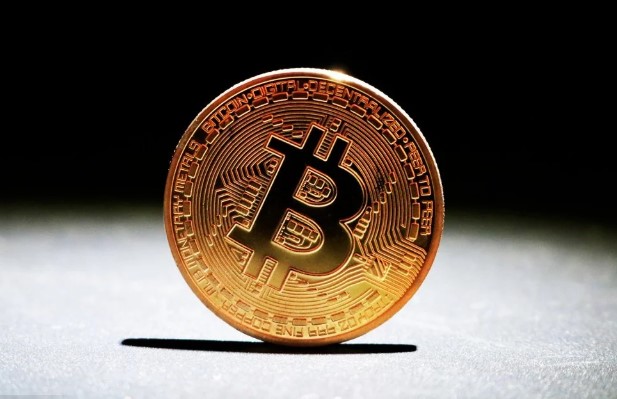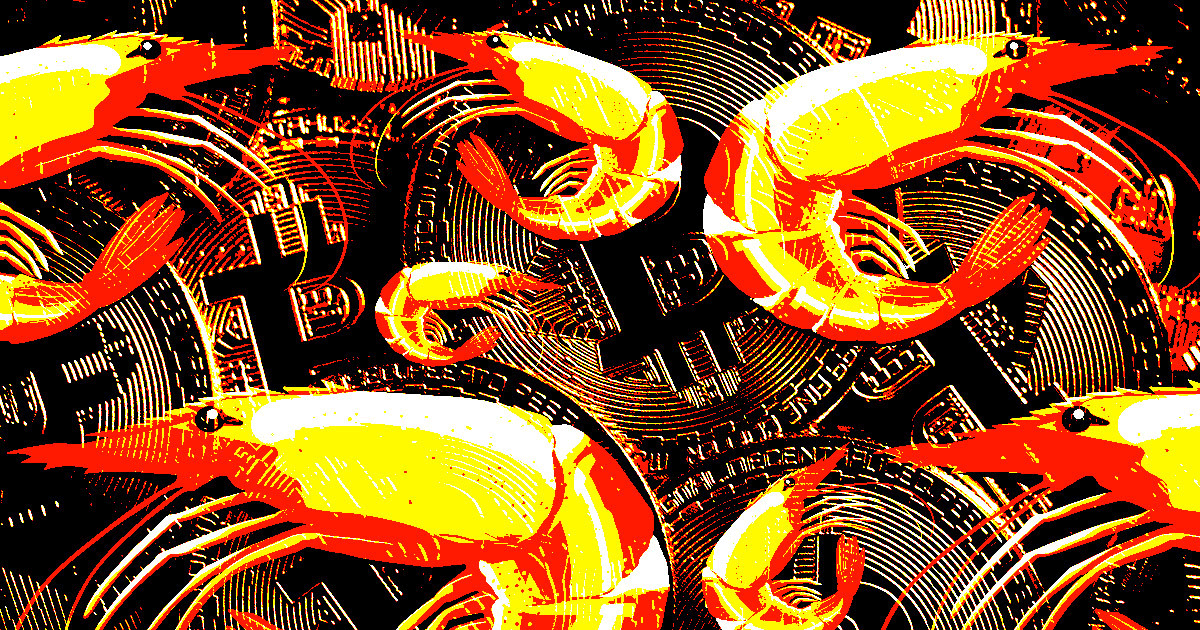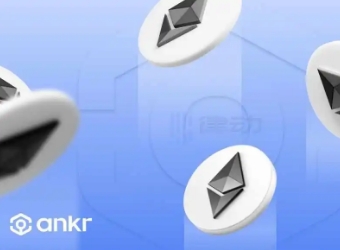Is Central Bank Digital Currency Cryptocurrency? What are the core technologies of the central bank's digital currency? The important enlightenment of the development of the central bank's digital currency for China's policy is that China should accelerat
The digital currency of the central bank is called CBDC in English, and its full English name is Central bank digital currencies. The digital currency of the central bank is an electronic way for the central bank to lend money. Both households and enterprises can use it to pay and store value. The Chinese version of CBDC is called digital RMB. It is a controllable anonymous payment instrument issued by the People's Bank of China, operated by a specific business organization and exchanged for the public. This kind of currency loan is applicable to the loose coupling function of bank accounts and is equivalent to banknotes and coins. So, is the central bank's digital currency a cryptocurrency? What are its core technologies? Next, let's have a look.
Is Central Bank Digital Currency Cryptocurrency?
The digital currency of the central bank does not all use blockchain technology.
Its structural design is to completely virtualize and intelligentize the paper currency of the central bank, that is, to replace the physical paper. You can see it, but you can't touch it. That's what it means. All you need to do is pay with a digital wallet.
Fundamentally speaking, the central bank is still the central management mode, and can also be directly connected with other software, that is, the formation of the People's Bank of China - the banking industry, the banking industry and the final public's two-layer business model.
The central bank's digital currency has some characteristics of blockchain digital currency, that is, secret name payment. The digital currency of the People's Bank of China adopts "dual offline payment", that is, people can still make payments when both the income and expenditure sides are offline. Before the central bank had problems controlling the financial market according to figures, only paper money could complete dual offline payment, and even developed e-commerce could not really do it.
Imagine that in the future, as long as both of them are equipped with the central bank digital wallet, they do not need the network or the signal. As long as the mobile phone has electricity, they can touch each other to realize real-time transfer. Dual offline payment means that the digital currency of the Central Bank can complete transactions under extreme circumstances, such as communication interruption caused by natural disasters such as earthquakes, or shopping in supermarkets without signal networks to complete mobile payment.
What are the core technologies of the central bank's digital currency?
The key technologies of China's central bank digital currency are divided into three categories: security technology, transaction technology and reliable assurance technology.
1、 Security technology
1. Basic security technology: including encryption and decryption technology and security chip technology
Encryption and decryption technology: It is customized and designed by the national password supervision agency, and its core is to establish a perfect encryption algorithm system. It is mainly used in the face value generation, confidential transmission, identity authentication and other aspects of digital currency.
Security chip technology: divided into terminal security module technology and smart card chip technology.

The terminal security module is mainly used for secure storage and encryption/decryption calculation, providing basic security maintenance for digital currency transactions. The digital currency completes the transaction according to the terminal security module carried in the mobile terminal.
2. Data security technology: including data security transmission technology and security storage technology
Data security transmission technology: It is transmitted according to the method of ciphertext+MAC/ciphertext+HASH to ensure the confidentiality, security and tamper resistance of data.
Data security storage technology: store digital currency information in the form of encrypted storage, key management, security monitoring, etc. to ensure the integrity, confidentiality and controllability of data.
3. Transaction security technology: including anti repeated transaction technology, secret name technology, identity authentication technology and anti-counterfeiting technology
Anti repeated transaction technology: add electronic signature, serial number, timestamp and other forms to the digital currency data string to ensure that the digital currency is not used repeatedly (double spending problem).
Secret name technology: the controllable secret name of the transaction is completed in the form of blind signature (including blind parameter signature, weak blind signature, strong blind signature, etc.), zero knowledge proof, etc.
Identity authentication technology: verify the customer's identity according to the authentication institution to ensure that the trader's identity is valid.
Anti counterfeiting technology: ensure the authenticity of digital currency and transactions according to encryption and decryption, electronic signature, identity verification and other forms.
2、 Transaction technology
1. Online transaction technology: including online equipment interaction mode, online data transmission technology, online transaction processing, etc
2. Offline transaction technology: according to offline device interaction mode, offline data transmission technology and offline transaction processing
Online transaction technology and offline transaction technology bring online and offline two different technical solutions for each link of transaction business, such as equipment interaction, data transmission and transaction processing, to ensure that digital currency transactions are not limited by network conditions.
3、 Credible assurance technology
Reliable service management technology: Based on the Reliable Service Management Platform (TSM), it provides security chips and application lifecycle management for digital currency participants
Reliable service management technology provides various services for digital currency, including application registration, application download, security verification, identification management, security assessment, reliable loading, etc., to ensure the security module and application data of digital currency are safe and reliable.
The above key technologies are only at the patent stage, which is a way of technology realization, and does not mean that the central bank must follow the above methods to complete.
Speaking of this, I believe you have a certain understanding of whether the central bank's digital currency is a cryptocurrency and what its core technologies are. In general, the development of the central bank's digital currency has important implications for China's policies. China should accelerate the DCEP pilot and related research work, actively consider how to respond to changes in the financial structure, explore various applications of regulatory technology in the DCEP scenario, explore how to improve the digital currency ecosystem, and promote cooperation with other large countries and digital currency research institutions that are developing legal digital currencies, It can also be regarded as an early layout for the cross-border settlement industry.
















 Tue, 18 Apr 2023
Tue, 18 Apr 2023
